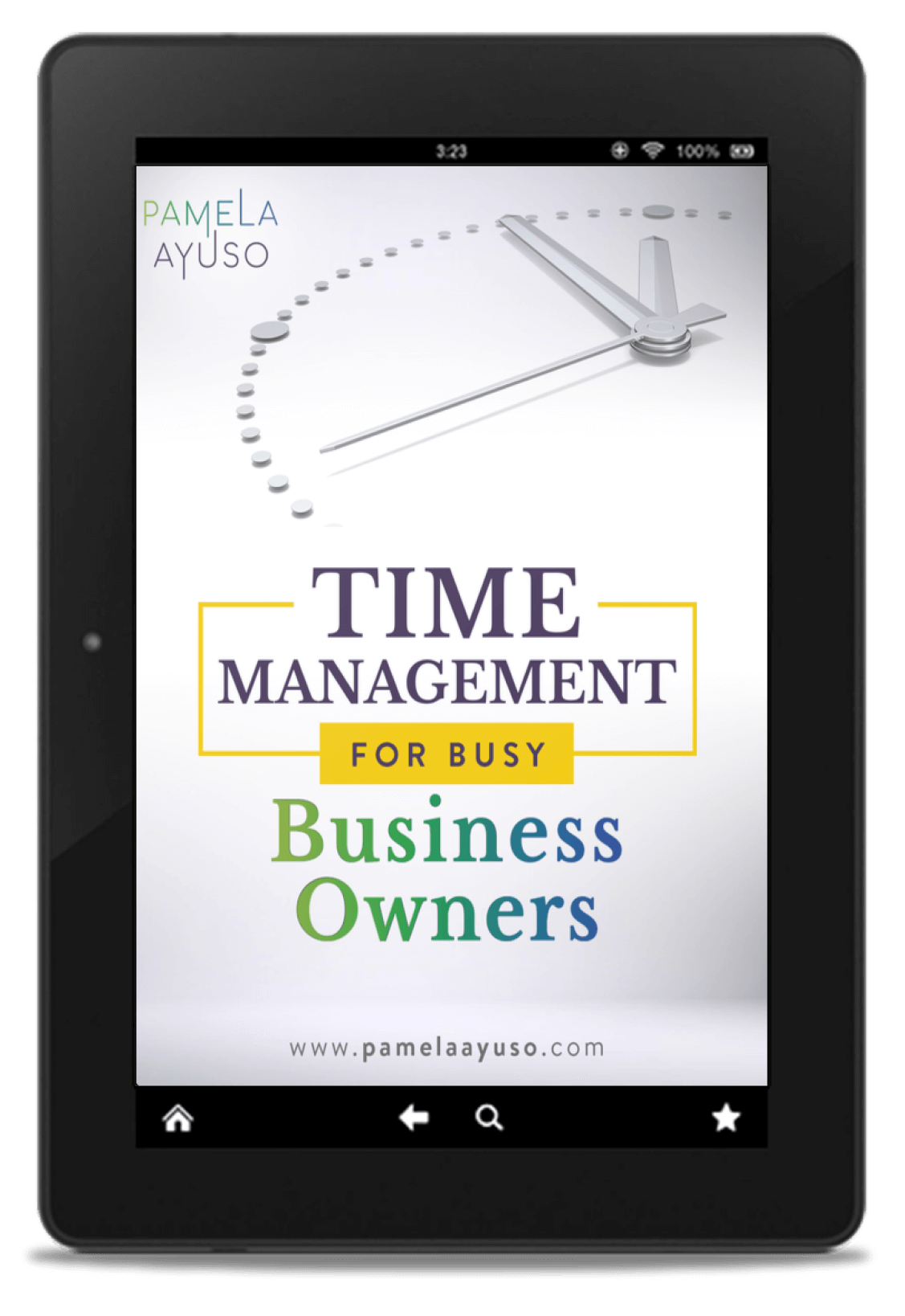We’ve all had to deal with situations that we would not have chosen. Failures or bad turns of events are uncomfortable, and the easiest thing to do is to solve them and then move on. However, there is always gold hidden inside these events, even if it is just a sliver. Whether we are responsible for the circumstances or not, if something unfavorable happens, we can always learn from it and improve our world in ways we may have not appreciated before.
The more uncomfortable the circumstance is, the more beneficial it is to try to find the silver lining. It can give the event meaning and can help you move forward more easily than you would have otherwise. Sometimes finding a positive outcome from a disagreeable circumstance can be a struggle because some things are simply unpleasant or even sad, but again, there is always something to be learned.
In our daily work, it is easiest to follow the status quo because change is harder to implement, even if things could be better. When something has gone wrong, though, it can be an opening for change, as it becomes obvious that evolution is in order. At this point, it is much easier to start anew. Those who were affected will be more willing to collaborate and to find a better solution for the future. Also, problems that were previously hidden may become painfully obvious. With this knowledge in hand, the needed change will happen more smoothly.
![[Photo: Holger Link/Unsplash]](/wp-content/uploads/2021/01/holger-link-aNEDY_t-VM-unsplash.jpg)
[Photo: Holger Link/Unsplash]
Moving Forward
When something unforeseen and undesirable occurs, the first thing to do is to find a solution to the problem so that the emergency is under control. If the problem continues without resolution, it is not advisable to move on to anything else. Once you and your team are getting the issue settled, you can start looking for ways to innovate and improve upon the situation. Some of the areas/questions to address are:
-
How can we prevent the error in the future?
-
What circumstances that currently exist make the situation likely to happen again?
-
What are ways to turn this negative into something that will make the company stronger and more resilient in the future?
-
What can we learn about the company and about how to be better?
-
If we could start from zero, how would we design the workflow/process?
The unpleasant circumstances that we deal with are part of life, and they can also hold valuable lessons. Some of my most important ideas have come from missteps. As an example, we were once in the process of completing the financing for one of our projects. As part of the documentation, we had to list some apartments along with their deed numbers. When we went to look for the information, we discovered our records were lacking.
There was no central database where we could find the information we needed, which included location, size, legal information, and price. We had a spreadsheet with the apartments and their accompanying legal information, but it was incomplete.
![[Photo: Martin Adams/Unsplash]](/wp-content/uploads/2021/01/martin-adams-lxujDxNigL4-unsplash_01.png)
[Photo: Martin Adams/Unsplash]
We had to go back to the source to obtain all the necessary information and then add it to a document to send to the bank. It took longer than would have been necessary if the information was readily available. This problem highlighted a deeper issue, however. We didn’t have a foolproof database with all the necessary information for each of the properties we managed. We took the opportunity to create this database in our Enterprise Resource Planning software.
The document we discovered gave us the idea that we needed a database that was locked and nobody except a responsible party could modify it. If we hadn’t discovered this problem, we would have never thought of this idea. We, therefore, invested some time to upload all the necessary information about these properties into our system. We even came up with some new parameters that we added as well. We then blocked modifications, except by one person. This way, we knew we could trust our information and had a readily available source in the future.
Lessons are everywhere around us if we choose to see them. Sometimes it is hard to absorb all the information that is coming our way, but undesirable circumstances can provide a great opening to learn and implement change that will make your company more resilient in the future.



